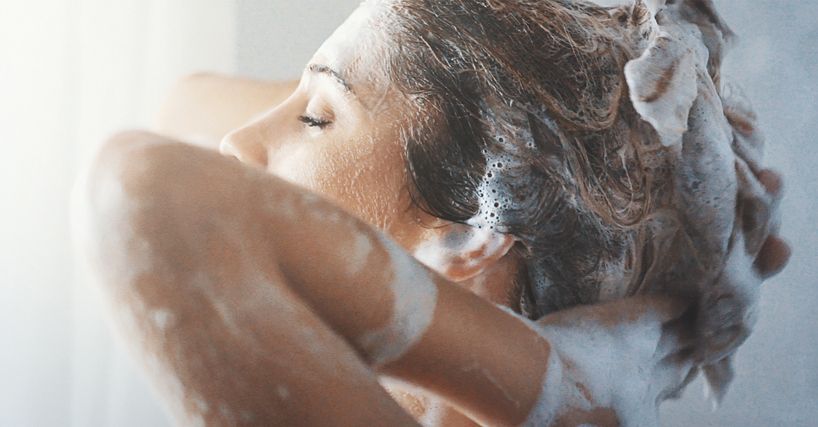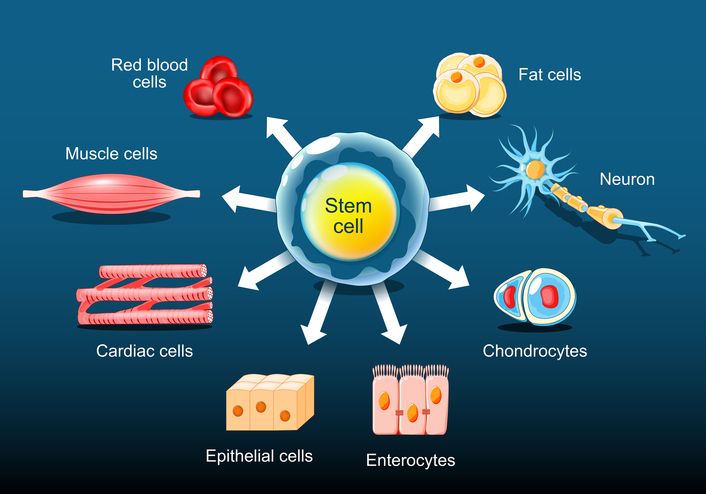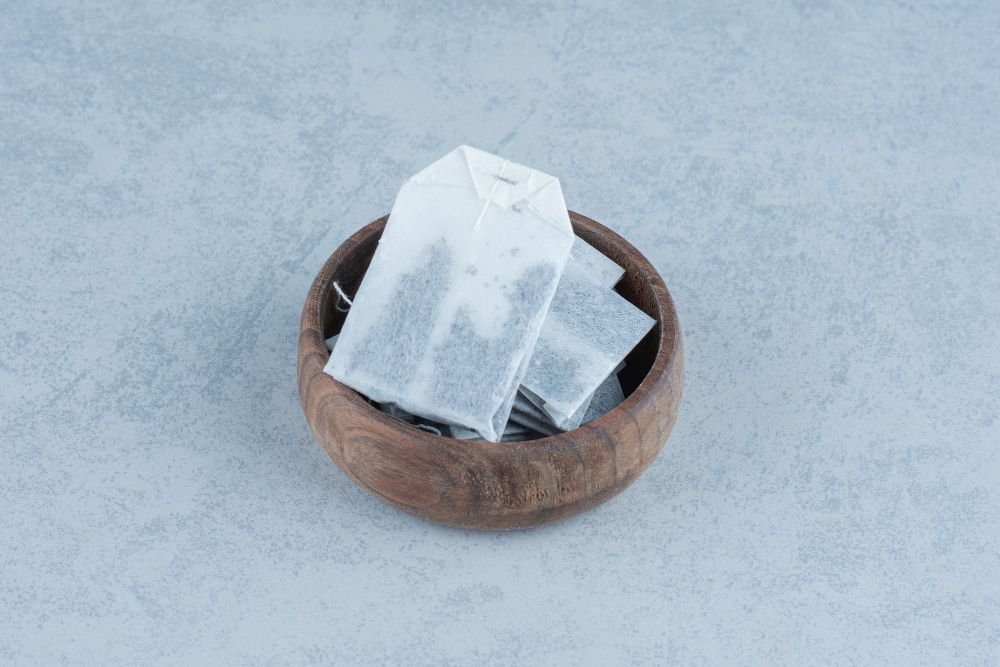
Book Now to Experience
Acne Treatment
1 Minute Self-Registration
Date should not be before minimal date
Author: Leila Tan|Updated: 23 July 2024
Choosing the right spot treatment can do wonders and heals the spot effectively and efficiently. Also knowing about the spot treatments can enable us to choose the safe spot treatment for the skin that doesn't cause any harm.
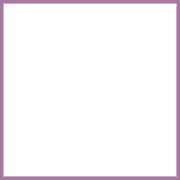
1
WHAT IS SPOT TREATMENT
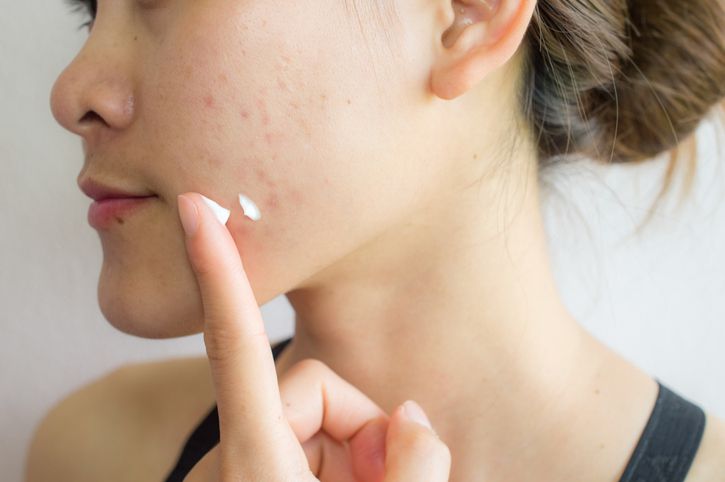
Spot treatment is a kind of concentrated skincare item created to aid with immediate skin issues, typically pimples. This entails focusing on particular regions of your face to deal with skin issues such blemishes, black spots, age spots, sun spots, and uneven skin tone. To fit your needs, you can select from a variety of compositions, including creams, gels, lotions, serums, and patches.
They are intended to be applied directly to the trouble spot rather than all over the face. Spot treatments, in contrast to serums and moisturizers, are normally applied just when necessary until the problem goes away.
Acne spot treatments are by far the most popular kind of spot treatments, other dark spots and discolorations, such post-blemish marks, can also be treated with certain formulas.

2
TYPES OF SPOT TREATMENTS
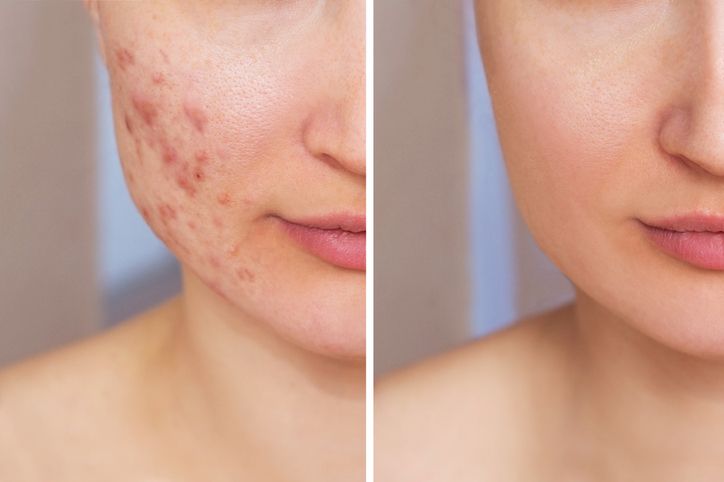
The primary components used in different spot treatments make a significant difference, in addition to the various formulae and problems they address. Benzoyl peroxide or other salicylic acid products are frequently used in the formulation of acne spot treatment and therapies for acne.
Treatments for age spots and dark spots may contain the same chemicals or be combined into one product, while niacinamide is known as a frequent component of these products.

3
Acne treatment - New Beauty
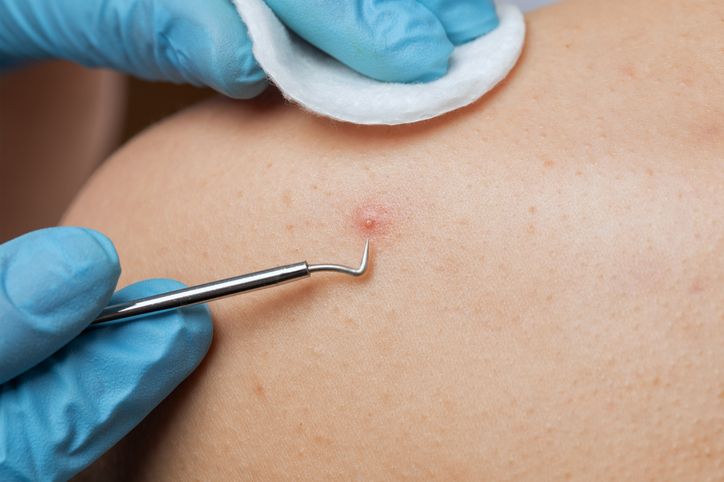
The Acne Treatment is a new treatment from New Beauty for skin that is prone to breakouts. First, the dual spiral suction plus drainage technology exfoliates dead skin cells and clears clogged pores at the same time, reducing acne infection and inflammation. The face is then treated with a moisturizing serum to control sebum output and encourage collagen synthesis. Future breakouts of acne are less likely if there is insufficient oil. Acne, blemishes, blackheads, whiteheads, pockmarks, enlarged pores, dry skin, acne scars, and dull skin tone are all goals of the acne treatment. Seize the opportunity to revive bright skin and increase your self-esteem!
Benefits of this treatment
Removes Dead Skin Cells: Excess dead skin cells are removed using dual spiral suction and drainage technology to keep pores from becoming clogged in the future.
Hydrating Essence: A medical-grade moisturizing serum may penetrate the deepest layers of the skin to nourish and hydrate the skin tissues while also soothing acne-prone skin. Moreover, it soothes the sebaceous glands to stop overproduction of oil.
Visible Results: You will have less acne breakouts, acne scarring, and various types of acne as the treatment goes on. See as your skin becomes healthier, more moisturized, and lighter with less of an oily sheen!
Non-invasive Treatment: The acne treatment is non-invasive, so there is no need for oral antibiotics, surgery, incisions, injections, or acne medication. Most persons with moderate to severe acne, according to our in-house beauticians, are candidates for this treatment.

4
Benzoyl peroxide

This is considered to be one of the best over-the-counter remedies. Benzoyl peroxide is known as super effective for treating acne. According to Today, Benzoyl peroxide, which not only destroys the germs that cause acne but also aids in preventing and unclogging clogged pores which worsen acne, is useful for acne treatment.
It also possesses comedolytic and anti-inflammatory qualities, making it effective for treating blackheads, whiteheads, and bigger red pimples of all sizes. There is three ways on how benzoyl peroxide works for acne:
It is sebostatic, which means that it lowers the amount of sebum, an oily skin material that leads to pore blockage which is produced by the skin.
It is comedolytic, which means that it stops or slows the development of comedones like whiteheads and blackheads.
It is antimicrobial, which has antibacterial properties and can stop Cutibacterium acnes from growing, which is the major bacteria linked to acne.
In order to prevent unnecessary irritation, it is advised to apply benzoyl peroxide, a tiny amount in a thin layer, three times per day.
Side effects
Peeling, itching, irritation, and reddish skin are all possible skin reactions, particularly at the beginning of treatment.
Skin dryness or skin peeling (may occur after a few days)
Skin redness, a warm sensation, and a little stinging
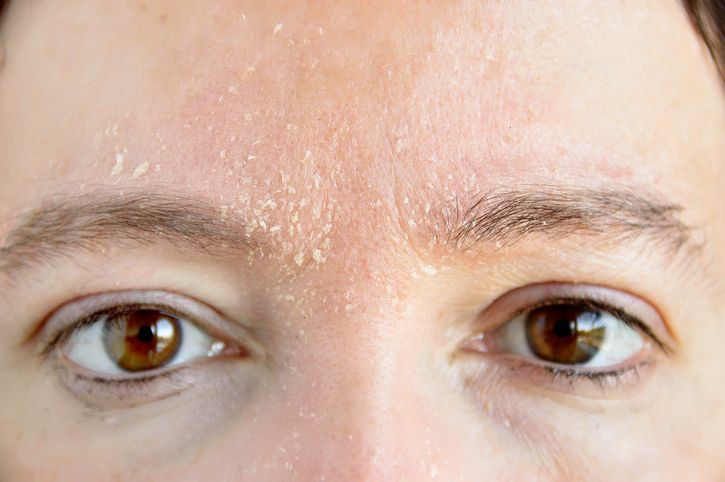

Book Now to Experience
Acne Treatment
1 Minute Self-Registration
Date should not be before minimal date

5
Salicylic acid

This chemical contains a potent acid that exfoliates skin and unclogs pores while combating acne. A beta hydroxy acid is salicylic acid. By sloughing off dead skin cells and maintaining clear, unclog pores, it is renowned for treating acne. Salicylic acid is known to work best for moderate acne - blackheads and whiteheads. It may also aid in avoiding recurrent outbreaks.
Blackheads, whiteheads, or pustules frequently develop when your hair follicles (pores) become clogged with excess oil, and dead skin cells. Salicylic acid treatment acts to remove the dead skin cells obstructing your pores by penetrating your skin.
Salicylic acid is can be found in a number of over-the-counter (OTC) products.You might need to use it for a few weeks before you notice its full impact depending on the active ingredients and formulation of the salicylic acid content (which can range from 0.5% to 3.0%). If you aren't seeing improvements after 6 weeks, consult a dermatologist. It is better to start initially and grow progressively as tolerated, just like with benzoyl peroxide.
Side effects
In particular at the beginning of treatment, skin responses like peeling, burning, dryness, and reddish skin can happen.
Swollen eyes, face, lips, or tongue and throat constriction
May have difficulty in breathing

6
Retinoids
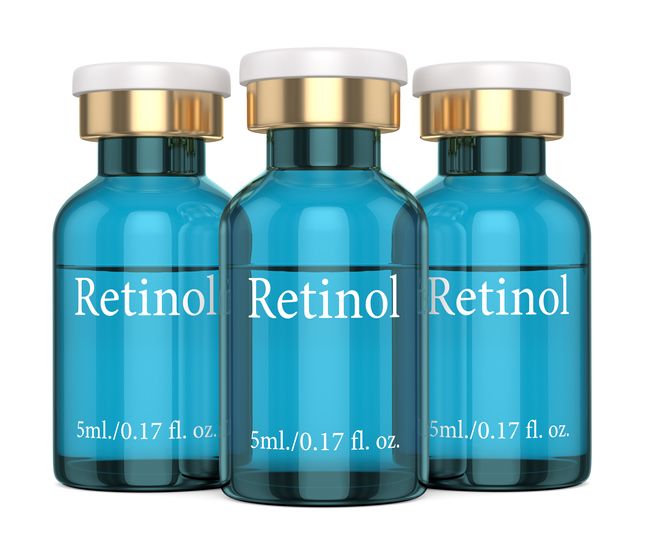
A chemical substance generated from vitamin A, called retinoids, is also present in many anti-aging products. They minimize fine lines and wrinkles, lessen hyperpigmentation, and promote collagen formation, among many other advantages.
A retinoid may help if other therapies haven't improved your moderate to severe acne. Retinoids can open up and clog pores when applied to the skin, which improves the effectiveness of other prescription creams and gels. By avoiding the clogged pores with dead cells, they also lessen acne outbreaks.
The FDA first approved retinoid to cure wrinkles which was known as tretinoin. This prescription retinoid increases the production of new collagen in order to function. Moreover, it promotes the growth of new blood vessels in the skin, giving it a rosy appearance, diminishing age spots known as actinic keratosis, and fading age spots.
Moreover, retinol may aid in shielding against more harmful effects of UV light. In psoriasis sufferers, retinoids can reduce the proliferation of skin cells. Typically, before going to bed, you dab a little bit of cream onto each sore.
Side effects
Dryness and skin irritation may occur if the treatment doesn't suit you well.
It may also cause the skin color to change.
Redness, swelling, crusting, or blistering may also appear as a result of using retinoid.
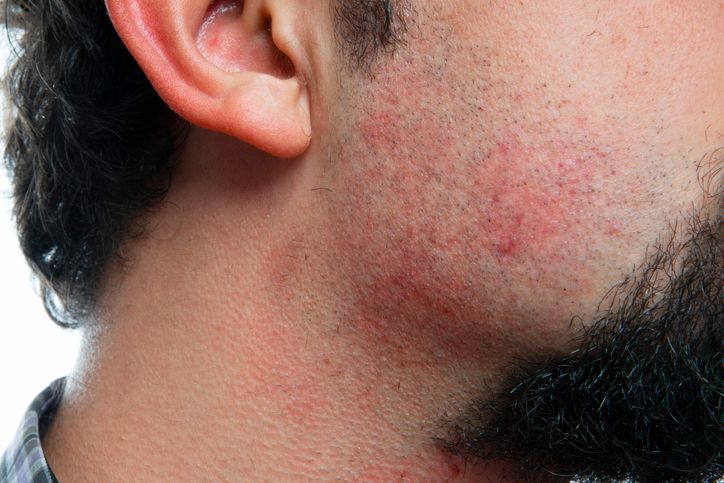
Read More

7
Sulfur

Another substance that is most effective for treating minor acne such as blackheads, and whiteheads is sulfur. Simply explained, sulfur is a naturally occurring element that is a necessary part of every living cell. In addition to being a frequent component of rocks and minerals and being necessary for plant growth, sulfur is also a component of amino acids, vitamins, and our skin and hair.
It fights acne, by making Cutibacterium acnes and other acne-causing bacteria a hostile situation. While strong, its antibacterial activities are less efficient against moderate to severe cases of inflammatory acne.
The skin's sebum (oil) is decreased by sulfur. Sulfur acts to dry out the blemish so that the skin can be scraped off after being administered. Sulfur also acts to eliminate pollutants and exfoliate dead skin. Byrdie claims that sulfur has a keratolytic effect, which helps to eliminate dead skin cells and prevent clogged pores by softening and thinning the epidermis.This is a placeholder
Side effects
Sulfur may dry up skin and aggravate dry or sensitive skin.
While treating acne for the first time, apply sulfur once daily. Once your skin becomes accustomed to the cream, you can gradually increase the application to two or three times per day.

8
Lactic acid
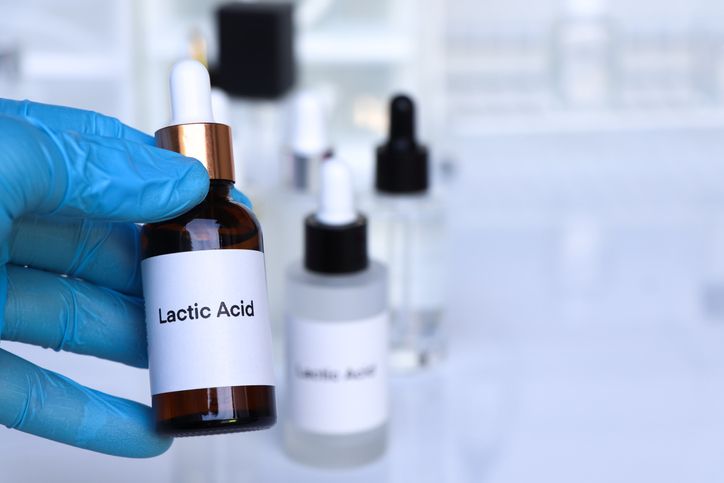
Lactic acid is one of the most widely used alpha hydroxy acids. For all skin types, even sensitive skin, this alpha hydroxy acid (AHA) works by eliminating dead skin cells, lightens dark spots, and reduces the appearance of fine lines and wrinkles. Both professional treatments and over-the-counter (OTC) skin care products contain lactic acid. It can also be present in a variety of skin care products used to treat eczema, psoriasis, and rosacea.
Dairy products naturally contain lactic acid. It's responsible for the characteristic tang of yogurt and soured milk. People all across the world have used dairy products to soften and enhance their skin.
By destroying the connections that hold the old, dull skin cells together, the lactic acid aids in their removal from the skin's surface. This process is known as exfoliation. The mechanisms through which your skin sheds old cells and replaces them with new ones are accelerated and stimulated by lactic acid. You end up with a more radiant complexion as well as softer, smoother skin as a result.
Side effects
The most crucial fact you should be aware of before taking lactic acid is that it can increase your skin's sensitivity to the sun. Your skin is left more vulnerable to UV exposure when the acid sloughs off skin cells.
In addition to UV sensitivity, lactic acid can also cause skin irritation such as redness, burning and skin peeling. Using a lactic acid product might cause brief redness, burning, and stinging on irritated skin. It's nothing to worry about as long as it is mild and goes away after an hour or so.

Book Now to Experience
Acne Treatment
1 Minute Self-Registration
Date should not be before minimal date

9
MAKE SPOT TREATMENT AS PART OF YOUR ROUTINE
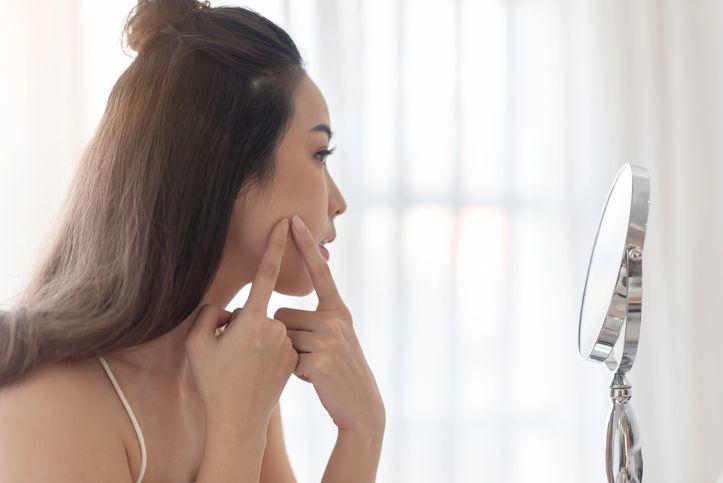
Now as we know what spot treatments and how spot treatment actually works, now we will get into the part where you can make spot treatment as part of your daily routine.
Step 1: Get your skin ready!
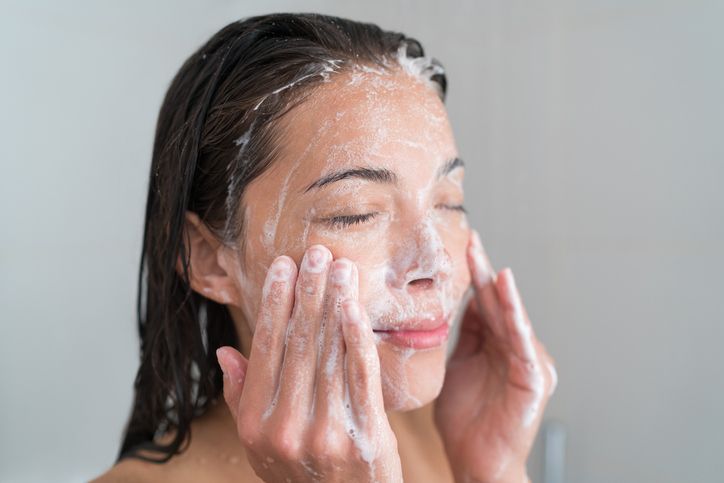
Spot treatments must be administered to clean, exfoliated skin for them to be effective. Every excellent skin care routine starts with cleansing your face both during the day and at night. This essential procedure cleans your skin's surface of grime, oil, and other impurities so that treatments can penetrate deeper. First, cleanse your face with a proper cleansing form to remove any dirt from the skin.
Next, make sure to exfoliate your skin because this crucial step helps to get rid of dead skin cells that have accumulated on the skin texture. The frequency of exfoliation varies according to the individual. Some people's skin can only tolerate weekly exfoliation, whereas other people's skin can tolerate several weekly exfoliators. Pay attention to how your skin reacts and follow your gut while making decisions. When it comes to exfoliator, choose the one that doesn't cause skin irritation and itchiness.
Step 2: Apply your spot treatment
Now it's time to apply your spot treatment. Read the instructions on the product you chose to be sure you're utilizing the therapy as directed. This is especially crucial for treatments because the recommended application techniques for various drugs can vary significantly.
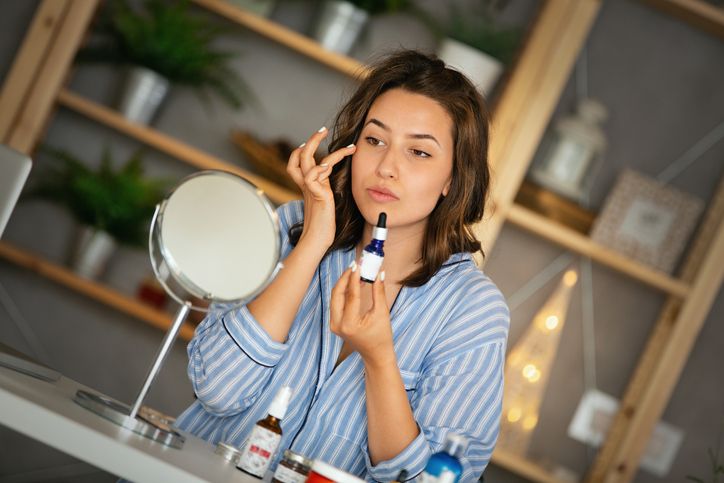
Different formulas or concentrations may benefit from daily or even weekly application. Before proceeding to the next step, allow the treatment to dry. The treatment will spread to other areas of your face if you start applying items straight soon.
Step 3: Finish your skin care routine
Moisturizing your skin both day and night is crucial, regardless of your skin type. Apply a generous layer of moisturizer over your treatment, picking the one that is best for your skin type. Use a broad-spectrum sunscreen to finish off your skin care regimen, a moisturizer with SPF in it will help you to skip both processes.

10
Common mistakes in spot treatments
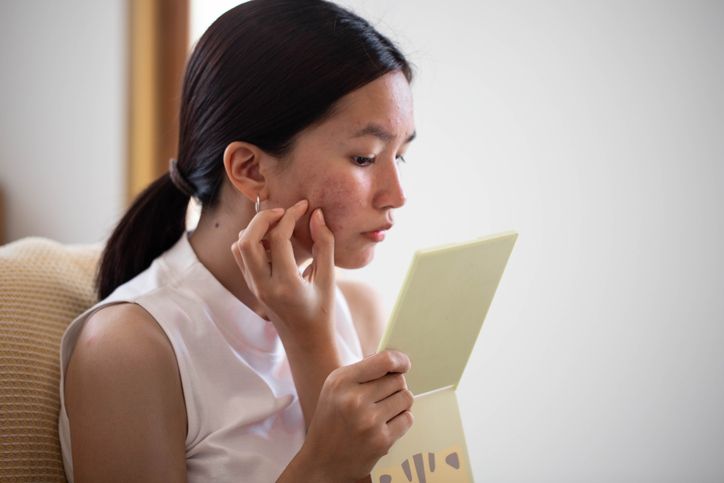
Your regimen for treating acne may benefit from spot treatments. But you can be misusing them without even realizing it.
Overdosing
Applying any topical skin care product to the skin too frequently may dry it out and increase the risk of irritation, redness, and peeling.
Mixing treatments
Although it may seem that treating acne with more than one over-the-counter medication may yield better results, all it may do is raise the chance or intensity of negative effects.
Irregular use
It takes time for the exfoliating benefits of medications like salicylic acid and adapalene to take effect. Use these over the counter treatments as instructed and on a daily basis to achieve the best results.
Read More

11
Prevent future blemishes
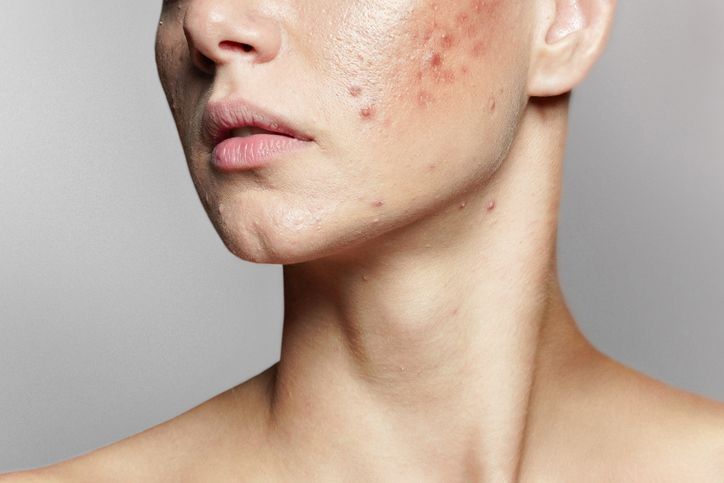
To prevent any future blemishes and damage to skin, follow the below tips:
Be sure to wash your face
Washing your face twice a day is necessary to eliminate pollutants, dead skin cells, and extra oil from the surface of your skin, whether or not you have acne. Washing more frequently than twice a day is not always preferable; it might even be detrimental so be careful.
Sparingly apply makeup
Avoid using blush, powder, or foundation while you have a breakout. If you choose to wear makeup, remove it at night. If at all feasible, pick cosmetics without additional oils, colors, or chemicals.
Don't touch your face with your hands often
Keep your hands away from your face and don't rest your cheek or chin on them. You risk irritating the already sensitive facial skin in addition to potentially spreading bacteria. Never use your fingers to squeeze or pop pimples because doing so can cause infection and scars.

12
When to see dermatologists

It may be time to visit a dermatologist if over-the-counter medications aren't giving you any results. A dermatologist can provide topical and oral medications to help treat stubborn acne.
You've been using over-the-counter (OTC) remedies for acne for ten weeks, but you still can't keep outbreaks under control or you suffer from severe acne, such as a cystic acne or nodular acne. Then this is the best time to consult a dermatologist.
Even if the OTC medications you are using are causing excruciating itchiness, discomfort, or peeling to your skin, then it is time for a derma visit. Your dermatologist may suggest efficient prescription therapies depending on the type and severity of your acne.

Book Now to Experience
Acne Treatment
1 Minute Self-Registration
Date should not be before minimal date

13
Conclusion

To assist remove or prevent acne, there are many over-the-counter (OTC) spot treatments. So it may be a little confusing to go with one specific treatment that works for you. Try to do your own research by studying the treatments that are available in the market and try using them and if you have noticed any skin reaction then stop using it and consult a board certified dermatologist. They can help you by picking the right treatment that suits your skin type and severity of your condition.
FAQ
What is the best topical ointment available at the pharmacy?
Research indicates that 2.5% benzoyl peroxide gel is less irritating to the skin than some topical treatments with lower doses and is helpful in treating mild acne. Yet what is best will vary depending on the individual.
How long does a spot treatment need to last?
Spot treatments for dark spots shouldn't be expected to work in a short period of time. You can expect the treatment to work and they can fade away in three to four months.
What qualities need to be in a spot treatment?
Use a spot treatment that, as described above, contains components known to be effective against acne.

Book Now to Experience
Acne Treatment
1 Minute Self-Registration
Date should not be before minimal date
Recommended Articles
COPYRIGHT© NEW BEAUTY MANAGEMENT LIMITED 2025. ALL RIGHT RESERVED.

